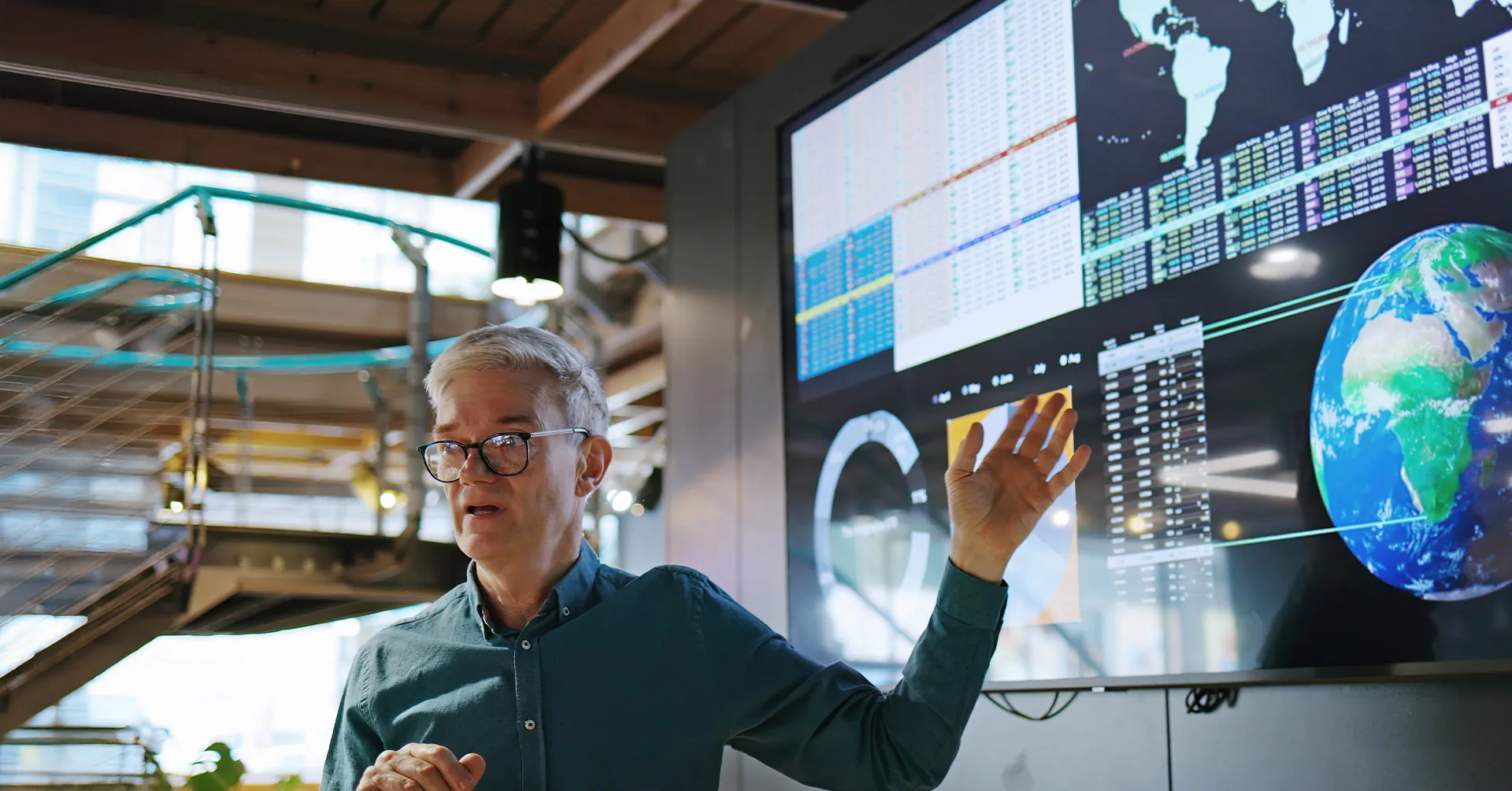
How L3Harris Cultivates Preparedness During Organizational Change
John Brooker, Director of Crisis Management for Space and Airborne Systems at L3Harris, on developing a cohesive, standardized crisis management program for all locations.

How L3Harris Cultivates Preparedness During Organizational Change
Mergers and acquisitions are common in business. When they occur, it is paramount to create a holistic plan that unifies culture and operations, including emergency preparedness.
In a recent episode of The Employee Safety Podcast, John Brooker, Director of Industrial Security for Space and Airborne Systems at L3Harris, describes how his team consolidated existing plans to develop a cohesive, standardized crisis management program for all locations.
L3Harris is a global aerospace and defense technology innovator, providing advanced defense and commercial technologies across air, land, sea, space, and cyber domains. Their largest customers include various departments of the United States government. Before joining L3Harris, John spent 20 years with the U.S. Air Force in Security Forces. In his current role, he develops crisis management procedures that help keep the organization’s employees safe and connected.
You can listen to the full episode below.
Can you describe industrial security and tell us what it entails for you and your team?
The term “industrial security” specifically denotes corporate security operations that support the U.S. National Industrial Security Program or NISP. The NISP was created in 1993 by Executive Order 12829 to ensure U.S. defense companies safeguard classified information in their possession while performing work under contracts or research and development programs. The NISP has sub-disciplines that include personnel security (managing security clearances), physical security (building and maintaining secure workspaces), and cybersecurity (building and maintaining secure information systems) in support of classified programs.
What were some of the biggest challenges you and your team have recently faced?
We had a large merger two years ago, L3 Technologies and Harris Corporation merged to form L3 Harris, and like every organization on the planet, we had to deal with all of the challenges associated with the COVID-19 pandemic. The most pressing of those was managing a remote workforce. As a newly merged company, we had so much to do with only half of the workforce physically present. Our IT team did a phenomenal job of upgrading our infrastructure in a short time to support remote collaboration tools that we knew we were going to need going forward.
Another challenge was really trying to understand who all of our new teammates were, where they worked, what part of the business did they support, and so forth. The maximum use of remote collaboration tools helped us solidify those new connections. For crisis management, being able to include all of your team, regardless of their location, in that planning, development, and execution is a key success factor.
“"Always remember that protecting your people should be the number one priority."”John Brooker Director of Crisis Management for Space and Airborne Systems at L3Harris
What worked well for you in terms of solving these challenges?
We reviewed all of our existing crisis management plans and procedures. Under that review, we selected the best in class and incorporated them into a unified plan template. This turned out to be a huge time and energy saver, especially for our smaller sites that didn’t have robust emergency plans.
Our corporate leadership also had the foresight to implement AlertMedia early on in the merger process. This was an important step for us in developing cross-site, multi-channel communication that was critical to successful crisis management.
From a crisis management perspective, what are the most common events or emergencies that you and your team plan for?
Weather events, hurricanes, snowstorms, or other natural events like wildfires or earthquakes are certainly a high priority for us because we deal with them on a more regular basis, especially in Florida and along the Atlantic coast. Active threat events are also of high concern for us because they can be very challenging to prepare for.
What are some programs or initiatives you are working on to enhance preparedness for those types of events?
We created an active threat response template and distributed it to all of our sites that allow them to focus on and respond effectively to that event. In the last year and a half, we created and disseminated a robust crisis management plan that not only meets all of our corporate security requirements but also provides consistency across our sites.
The next phase for us is to test those plans and update them as necessary. We test key portions of the plan periodically rather than trying to execute an entire plan review at one time. This allows us to do smaller exercises, focus on our key teams, and over the course of a year or so be able to step through the entire plan.
At our corporate level, we have a business resiliency executive on board who is implementing the business resilience processes across our new company. Business resilience and continuity address all potential risks and vulnerabilities to our company, whether they be geopolitical, man-made, or natural hazards, as well as emergency events that are covered under crisis management.
What advice do you have for the audience to help improve their company’s crisis management or preparedness plans?
Maximize collaboration in the planning process, including all the key players you expect to implement that plan because it promotes the execution of the plan and builds muscle memory. Always remember that protecting your people should be the number one priority. Facilities and equipment can be replaced, but people cannot.





